Mingulay, Barra, Vatersay
Mingulay
Walking with Skye artist Julie Brook up the high, spongy, wildflower-thick hills behind the bothy on Mingulay: sand drift filling ruined houses of the abandoned village by the bay. Mingulay was emptied of its inhabitants over 80 years ago, but never subject to the violence and grief of the Clearances. On a clear day at least, it has a great and breathing peace about it. Behind the bay, the hills rise steeply to a grassy edge, and then fall heart-stoppingly away, 800 feet straight down into the Atlantic. From the cleft of blue-black mossy rock the thick stench of guano rises up with the salt: thousands of puffins, guillemots, sheerwaters, skuas and terns wheel and cry in a revolving column on air currents above the sea surge. Breathtaking and barely imaginable, this deep vertical world of birds.
Barra
On Barra, we join a ceilidh in the community hall and among cups of tea and home-baked cakes present and exchange gifts: Stephen and Anne talk about their work, Jo describes her involvement in designing, building and sailing the Plastiki, and young Barra poet Jamie McIntosh reads out a passionate condemnation of corporate corruption [Earth Rise and Corporate Corruption [PDF]]. There’s Highland dancing, and a wonderful, exuberant, rhythmic session of waulking songs by Ceal na Nighean; the women swaying and pounding the tweed as they sing in a mesmerising choreography of hands, craft, labour, story, friendship. Local councillor Donald Manford graciously and generously weaves the evening together, holding in one space the fierce independence of the community and our shared desire to connect, communicate, and draw knowledge and a sense of direction from one another’s stories and experience.
Vatersay
Huddled in the bay in light rain and low mist by a white sand beach and marron grass dunes. The shore’s littered with crab claws, sea urchins, razor clams. Vatersay is connected to Barra by a causeway, but is a world away on an afternoon like this, in the wet stillness with fishing boats purring by loaded with creels. Just over the dunes, beyond the quiet, the Atlantic rolls onto long white beaches strewn with seaweed and the sand gives way to machair thick with bees and harebells. A monument to 350 passengers drowned in the late 19th century on their way from Liverpool to Canada, buried here under the moving dunes. A child on a bicycle, peddling furiously down an empty street by still grey houses with upturned boats in gardens. Out here in the Western Isles, between Europe and America, the sea is everywhere and everything on land relates to it. When we stood in the community hall last night, we all rocked gently, looking for the horizon.
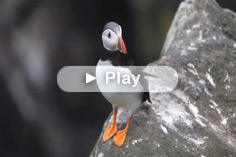

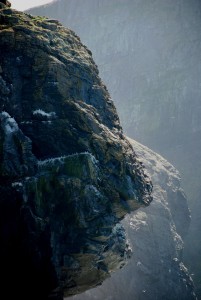

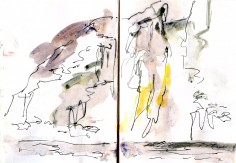
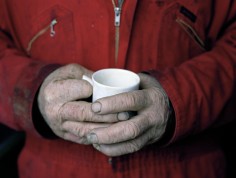

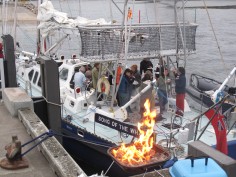

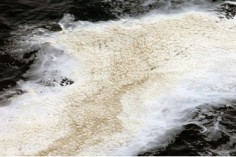
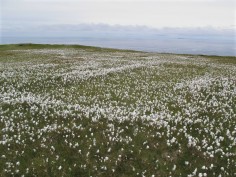

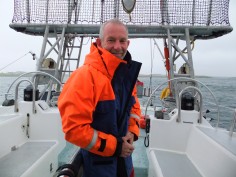








No Comments